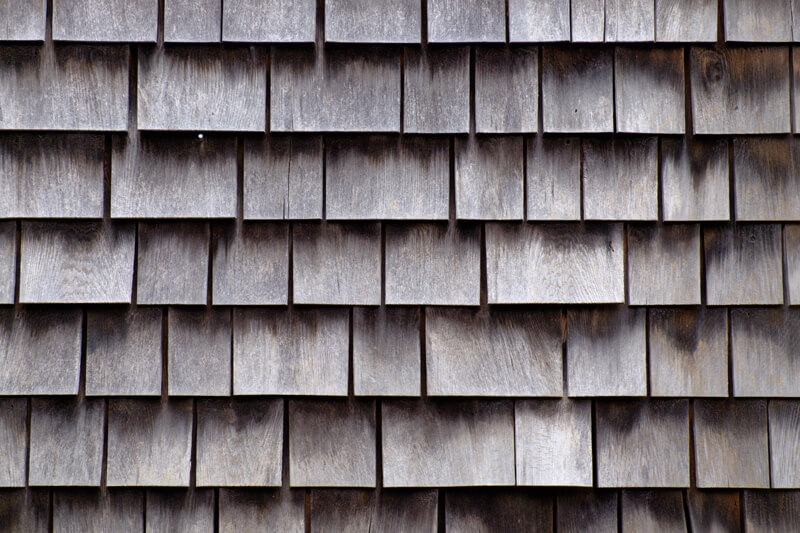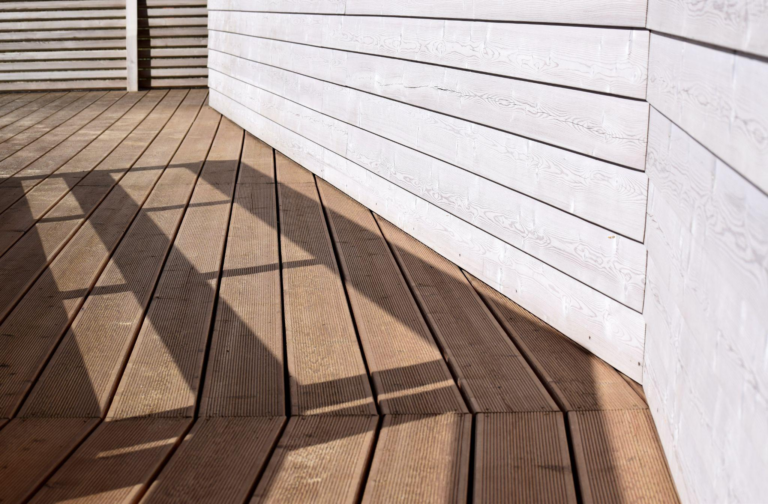The phrase “keeping a roof over our heads” evokes images of home, security, and safety. A well-maintained roof will keep you and your family dry for years, even decades. Whether it’s made of cedar shakes, slate tiles, or asphalt shingles, your home’s roof protects you and your family from rain, snow, heat, and cold. It’s one of the most extensive surfaces of your home’s exterior, and vital to preserving the integrity of your home. But it’s also hard to see and easy to ignore, which is why it is often one of the most neglected parts of your home.




Roof Repairs and Maintenance
The damp weather can be a long-term challenge for all types of roofs. Hot, wet summers, misty springs, chilly autumns, and cold, snowy winters encourage all kinds of roof contaminants, like mold, mildew, and moss, to flourish on your roof. Nearby trees provide shade that promotes the growth of mildew, and also cover roofs with leaves which also creates damage. While some roofs resist this kind of damage better than others, all types of roofing will degrade when exposed to continued cycles of dampness, freezing, and hot weather.What Exactly IS Roof Preservation?
Roof preservation is an efficient, cost-effective way to extend the intervals between expensive roof replacements by many years. Preservation projects start with inspections. As a homeowner, it’s your responsibility to carve out time, four times a year, to walk around your home and look for roof issues. Keep an eye out for any visible signs of wear and tear, damaged or missing shingles, and problems with your flashing. If you see any shredding or rotting, you may have damage done by rodents. And be sure to do a walk-around roof inspection after big storms and high winds.
Roof Preservation for Cedar Shakes and Cedar Shingles
Cedar shakes and shingles are some of the most attractive roofing (and siding) materials around. They enhance the character of homes all over Lancaster County. If you’re lucky enough to have cedar shakes or shingles, you know that this building material can last decades without much maintenance. But some steps will help you extend their life and beauty.
Roof Preservation for Slate Shingles and Roofs
In our part of the state, slate roofs are typical on older homes. They look great, and they last for decades. With the right kind of maintenance, they can last more than a hundred years. These handsome roofs can outlive their owners if they are appropriately installed and maintained.
Roof Preservation for Asphalt Shingles
In many modern homes, asphalt shingles are the standard. When replacing roof tiles, many older, historic homes also choose asphalt. While the quality and lifespan of asphalt tiles vary widely, these types of shingles are generally more affordable than slate or cedar, and often include superior fire-retardants and insulation. Good asphalt shingles can also repel water and resist mildew and moss. Maybe that’s why asphalt shingle is the most common residential roofing material in the United States.Regular Maintenance and Repair
No matter which type of roof you have, regular maintenance and repair is an important way to extend its life. Timely support can prevent more extensive, more costly damage. Even if you are able to conduct yearly inspections on your own, it’s important to have your roof professionally inspected about once every three years. During these inspections, our roofers get on your roof to conduct a comprehensive examination, looking for cracked or curling shingles, loose shingles, rusted nails, missing granules, and other signs of wear.
Preventing Roof Damage and Extending the Life of Your Roof
While some types of roof damage are unavailable, like storm damage, some types of wear and failures can be prevented, or greatly slowed, with a little proactive roof care. Whether you have a roof covered in cedar shakes, slate tiles, or asphalt shingles, here are some tips to help you get the most out of your roofing investment.- Don’t skimp on materials. Use durable, quality materials when installing or repairing your roof. When you invest in quality repairs now, you’re helping to avoid more significant repairs down the road. Additionally, when roofs leak, they can damage other parts of your home, like your insulation, your framing, and your drywall or plaster. It’s smart to keep your roof dry and airtight now, to avoid big renovations in the future.
- Inspect your roof 1-4 times a year. Simple maintenance will really extend the life of your roof. Ideally, you’ll give your roof a once over every season, and always do a thorough annual inspection. These inspections will help you spot moss and mildew early. You’ll be able to remove leaves or branched promptly. You’ll spot gutter issues early, which will allow you to keep gutters clean and in good working order. Get roof inspections after major storms with large hail, or very high wind. And considering investing in safer home inspections by purchasing a drone with remote camera feature.
- Inspect and clean your gutters twice a year. Gutters are part of the irrigation system of your roof. Clogged gutters can result in water damage. Remove anything in the eaves along the path to the gutters. Make sure that water can easily flush through all parts of the gutter system. Check the stability of your gutter hangers and replace if you suspect they won’t last another season. Be safe and let the professionals clean your gutters when needed.
- Keep nearby trees trimmed. Falling limbs are one of the most common, and costly, types of roof damage. And it’s usually preventable. Trim any branches within 10 feet of your roof, and don’t ever allow tree branches to hang over your home. In addition to reducing the likelihood of storm damage, creating a barrier between your roof and surrounding trees will also make it much harder for squirrels and rodents to nest in your house.
- Remove leaves from your roof. Even if you create a 10-foot barrier between your home and trees, if you have trees around your home, you probably have leaves on your roof and in your gutters. Wet leaves encourage the growth of mildew, mold, and moss. They also create moisture traps and can provide enough matter for weeds to start growing on your roof. Sweep your roof to remove leaves, especially after big storms. For steep roofs, stay safe and bring in the professionals.
- Watch for pooling water. Homes will flat roofs, or flat areas on the roof must watch for pooling water. When water hangs around after rains or because of melted snow and ice, it stays on your roof, seeping into your shingles. Eventually, these wet spots will deteriorate parts of your shingles or nails, encourage the growth of mold, and even result in leaks. Pooling water can cause severe and expensive roof damage over time, so it’s smart to resolve the problem as soon as you identify it.
- Watch for signs of a leaky roof.
While TV shows often show leaky roofs as steady drips that must be caught in buckets, actual water damage is usually less evident. In fact, most kinds of water damage can exist for weeks, months, or even years before you detect it. However, if you know what to look for, you may be able to address the problem quickly. Watch for these signs;
- Mildew, algae, or mold on your shingles and roof, indicating a wet roof.
- Buckling or bulging shingles can be an early warning of water damage.
- Curling shingles, cracks, or missing shingles that mean there are gaps in your roofing system.
- Damaged flashing can allow water to leak through if you don’t fix it early on.
- Always look for roof damage after a storm, including loose or missing shingles.
- If you have an unfinished attic, do a 2x yearly inspection for damp or wet spots, or signs of water leakage like discolorations or mildew.
- Ceiling or roof water spots, often around chimneys or vents mean you have a significant leak in your roof which needs to be repaired ASAP.
- Watch your gutters during wet weather. If you see leaks or overflows when it rains, your gutters are not working correctly, and water may be backing up onto your roof, or even under your roof tiles. Clean or repair gutter promptly.
- Don’t forget about other structures on your property. While your home may be the most valuable structure on your property, you may have one or several other different structures that require attention. When you inspect your home’s roof and gutters, take a look at the roofs on the other structures as well. Keep all the buildings on your property well-maintained and watertight.









